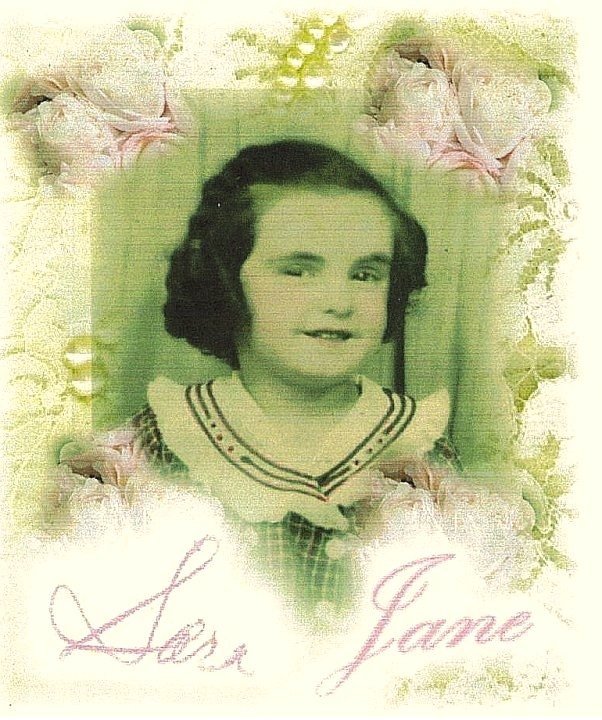The Mystique of Chinese Theater Masks: A Journey Through History and Symbolism
Chinese theater masks, an integral part of traditional Chinese performing arts, carry a rich history and profound cultural significance. These iconic masks, known for their vivid colors and intricate designs, serve as a visual language that conveys the emotions, character traits, and societal roles of the performers in Chinese opera. In this article, we will explore the history and evolution of Chinese theater masks, delve into their theatrical meanings, examine the craftsmanship behind their creation, and underscore their importance as cultural and historical art objects.
I. The History and Evolution of Chinese Theater Masks
The roots of Chinese theater masks can be traced back over a thousand years, with origins in ancient religious rituals and shamanistic practices. Over time, these masks found their way into the world of Chinese opera, evolving into an integral component of traditional theater. The different styles and types of masks have grown and developed throughout history, encompassing several notable categories:
Peking Opera Masks: Peking Opera, one of China's most famous traditional theatrical forms, employs colorful masks that represent various character archetypes, such as hero, villain, scholar, or warrior. Each color, shape, and facial expression on the mask is symbolic and communicates specific characteristics.
Sichuan Opera Masks: Sichuan Opera, renowned for its face-changing techniques, uses masks that can be swiftly and dramatically switched during a performance to reflect the ever-changing emotions and intentions of the characters.
Kunqu Opera Masks: Originating in the Ming Dynasty, Kunqu Opera masks are more subtle in design and often use softer colors to convey refined emotions and intricate character development.
Nuo Opera Masks: The purpose of Nuo opera is to drive away devils, disease and evil influences, and also to petition for blessings from the gods. Singing and dancing are included in Nuo opera and performers wear costumes and ferocious, grotesque primitive masks.
ANTIQUE GROTESQUE CHINESE THEATER MASKS NUO THEATER PERFORMANCE MASKS
Buy these authentic Nut Opera Masks in the Sara Jane’s Alley store. Click Here!
II. The Theatrical Meanings Behind the Masks
Chinese theater masks serve as a visual language that allows the audience to understand the characters' emotions and social roles without the need for spoken dialogue. Each mask is carefully designed to convey specific attributes:
Colors: Colors on the masks are not just for aesthetic appeal but hold deep symbolic meanings. Red symbolizes loyalty and courage, black represents integrity and firmness, blue signifies steadfastness, and white embodies sinister intentions.
Facial Expressions: The expressions on the masks range from happiness, anger, sadness, and joy to various emotional nuances, allowing the actors to communicate complex emotions to the audience.
Facial Features: Details such as the shape of the eyes, the prominence of the eyebrows, and the contour of the nose can reveal the character's personality, age, and even their place in society.
III. The Craftsmanship Behind the Masks
Creating Chinese theater masks is an intricate and highly skilled craft that demands precision and artistic expertise. The process typically involves several steps:
· Material Selection: Traditionally, masks are made from materials like wood, clay, or paper mache. Wood is a popular choice for its durability and ability to hold intricate details.
· Carving: Artisans carefully carve the mask's features, paying close attention to the expressions, proportions, and character attributes. This step requires exceptional craftsmanship and patience.
· Painting: The masks are painted with vibrant and symbolic colors, adding depth and nuance to their visual appeal. Skilled artists bring the characters to life with their brushwork.
· Aging and Finishing: Aging the masks by applying a special technique, often involving tea staining or other methods, gives them an antique and authentic appearance.
IV. Importance as Cultural and Historical Art Objects
Chinese theater masks transcend their role as theatrical props; they are important cultural and historical artifacts for several reasons:
Cultural Preservation: These masks offer a window into the rich history of Chinese theater, reflecting the cultural values, traditions, and societal norms of different eras.
Artistic Expression: The masks are considered works of art in their own right, showcasing the talent and creativity of the artisans who craft them.
Symbolic Legacy: The masks serve as a lasting cultural symbol, representing the storytelling traditions and artistic ingenuity of China.
Contemporary Influence: Chinese theater masks continue to inspire artists and creators in various fields, impacting modern theater, fashion, and visual arts.
Chinese theater masks, steeped in history and symbolism, are a testament to the power of visual storytelling and cultural preservation. These intricate and expressive masks serve as vital elements in traditional Chinese performing arts and offer valuable insights into China's artistic and theatrical heritage. The evolution of Chinese theater masks is a testament to the enduring legacy of this captivating art form, which continues to captivate and inspire audiences worldwide.
The author generated this text in part with a version of Chat GPT, OpenAI’s large-scale language-generation model. Upon generating draft language, the author reviewed, edited, and revised the language to their own liking and takes ultimate responsibility for the content of this publication. This text may include some materials in a form protected by the fair use guidelines of Section 107 of the Copyright Act. All rights reserved to the copyright owners.

